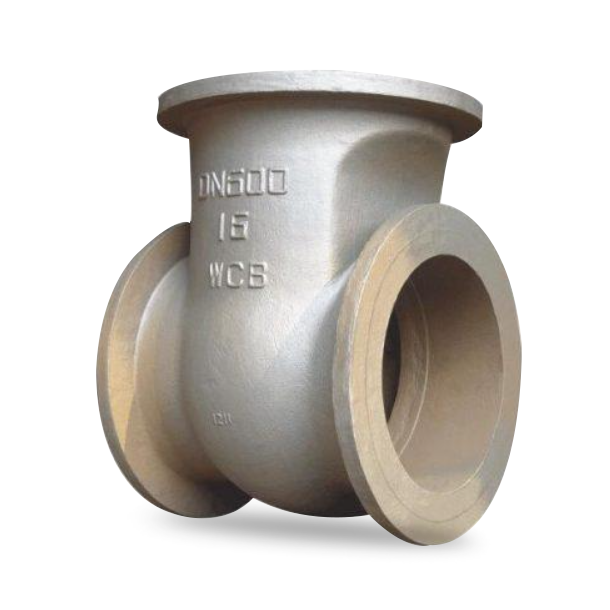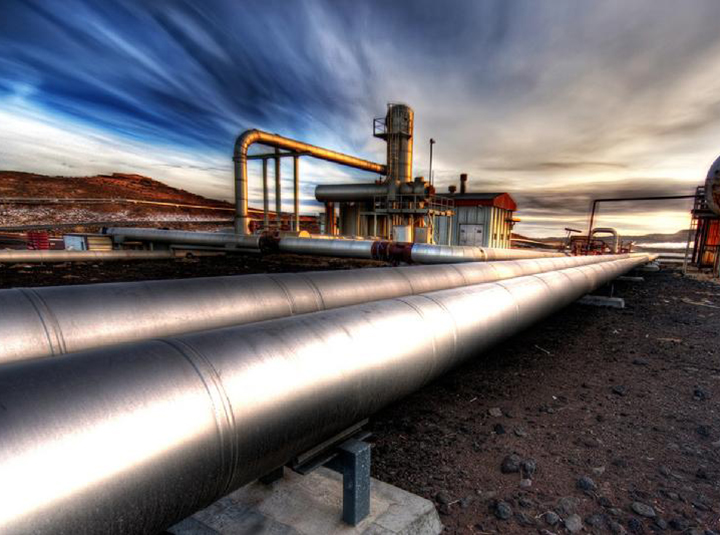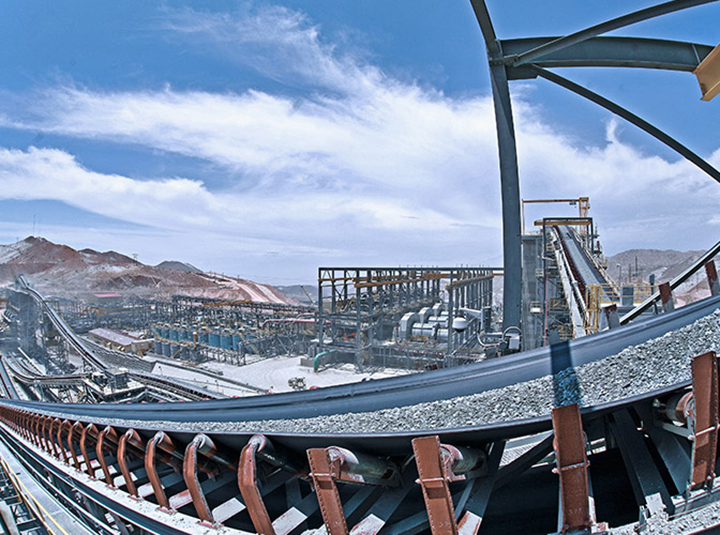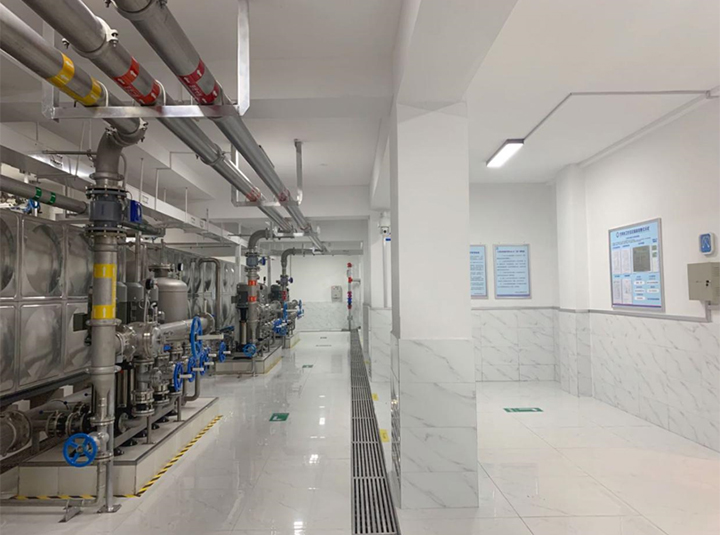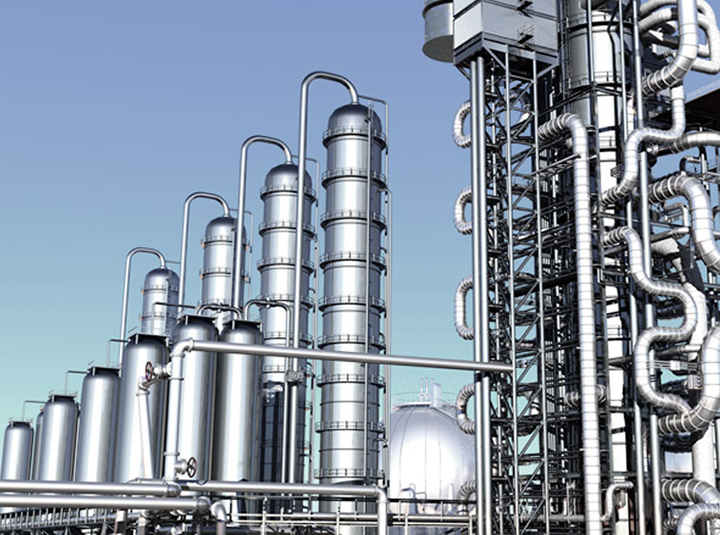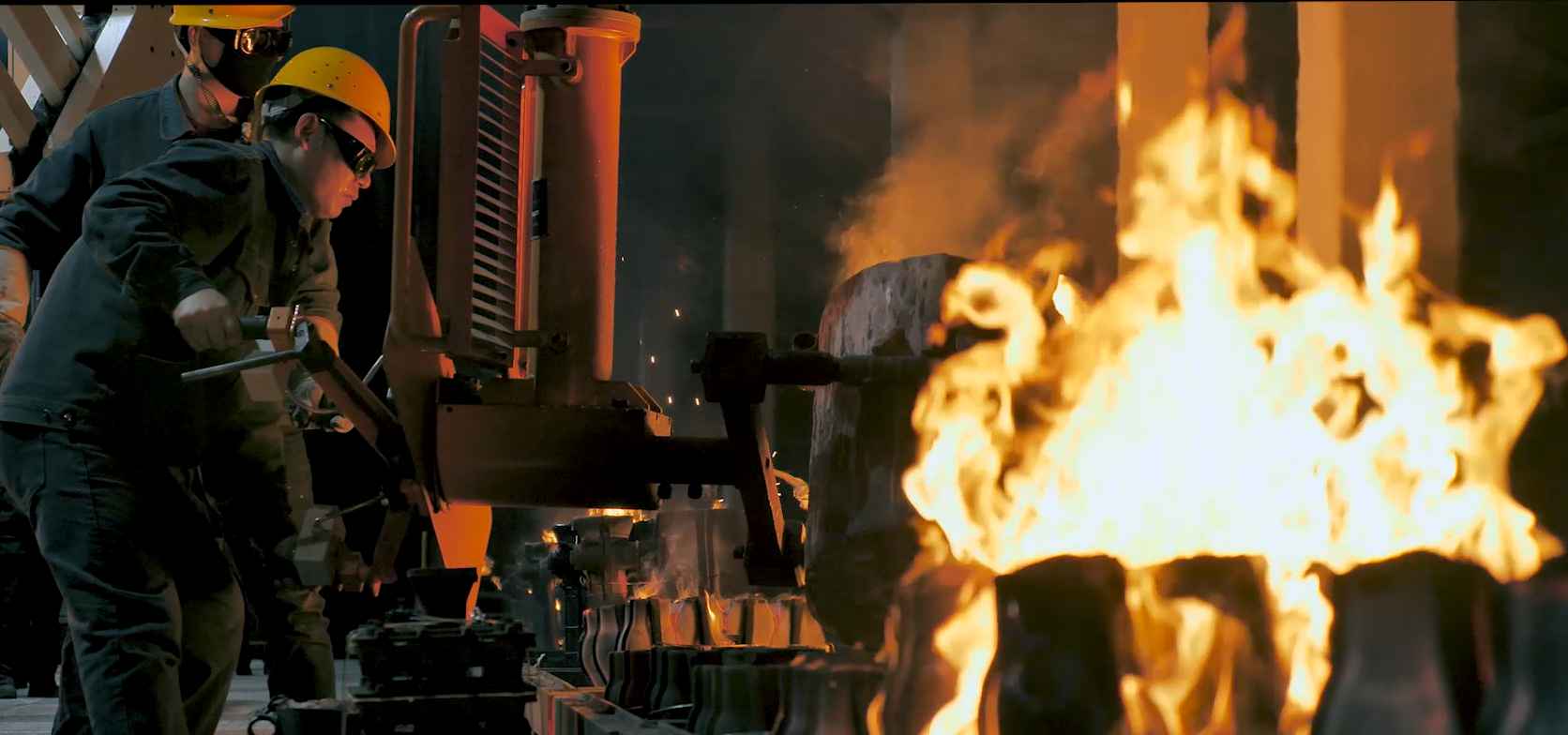What is a Pneumatic control valve?
A pneumatic control valve is a type of valve that utilizes compressed air to regulate the flow of fluids in industrial processes. It consists of a valve body, an actuator, and accessories, and is known for its precise fluid flow control and suitability for harsh environments.
Pneumatic control valve is one of the industrial process control instruments widely used in industrial enterprises such as petroleum, chemical, power, and metallurgy. According to the working principle of pneumatic control valves, compressed air is used as the power source, cylinders are used as actuators, and accessories such as electrical valve positioners, converters, solenoid valves, and holding valves are used to drive the valves, achieving switch or proportional adjustment. The industrial automation control system receives control signals to complete the adjustment of various process parameters such as flow rate, pressure, and temperature of the pipeline medium. The characteristics of pneumatic control valves are simple control, fast response, and intrinsic safety, without the need for additional explosion-proof measures.

Ⅰ. What are the characteristics and uses of pneumatic control valves in the manual of pneumatic control valves?
1.Application and characteristic use of pneumatic control valve: It is a right angle reverse layout, which is used in conjunction with valve locator to achieve share adjustment; The V-shaped valve core is more suitable for various conditioning applications, with a large rated flow coefficient, adjustable ratio, good sealing effect, flexible conditioning function, small volume, and can be installed vertically and horizontally. Suitable for manipulating media such as gases, vapors, liquids, etc.
2.Characteristics of pneumatic control valve: It is a right angle reverse layout, composed of a V-shaped valve body, pneumatic actuator, locator, and other accessories; There is an approximate inherent flow characteristic of equal to one hundred ratio; Adopting a dual bearing layout, with low starting torque, excellent flexibility and induction speed; Superb shear ability.
3.The pneumatic piston actuator uses compressed air as the power source, and through the movement of the piston, it moves the crank arm to rotate 90 degrees to achieve active opening and closing of the valve. Its components include: adjusting bolts, actuator housing, crank arm, cylinder block, cylinder shaft, piston, connecting rod, and universal joint shaft.
4.Working principle of pneumatic control valve: The pneumatic control valve is composed of an actuator and a regulating mechanism. The actuator is the thrust component of the regulating valve, which generates corresponding thrust according to the magnitude of the control signal pressure, and promotes the action of the regulating mechanism. The valve body is a component of a pneumatic control valve, which directly contacts the regulating medium to regulate the flow rate of the fluid.
Pneumatic Control Valve Manual - Explanation of Pneumatic Control Valve Operation, Inspection, and Maintenance.
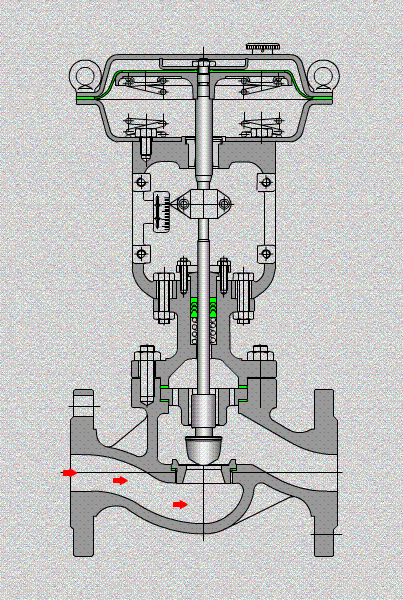
Ⅱ. Although there have been some introductions about pneumatic control valves before, they are not yet sufficient to comprehensively summarize and synthesize this product. Therefore, for us, especially learners, it is still necessary to continuously learn and understand the relevant knowledge of this product, and not to relax. Therefore, let's inherit and introduce below, so that everyone can get to know more about pneumatic control valves.
- Operation
(1) Before utilizing pneumatic control valves, a systematic calibration should be carried out.
(2) During the operation of pneumatic control valves, all bypass valves should be closed, and the control valve should be within the normal working range. It is strictly prohibited to adjust the position of the entire valve stem and compression spring. If there is any abnormality, immediate punishment should be taken.
- Regular inspections
(1) The important thing is to check the air source pressure, fasteners, and instruments of the pneumatic control valve for signs of looseness, leakage, etc. If there are any, they should be dealt with in a timely manner.
(2) All connecting components need to be inspected for tightness, friction, scratches, and deformation.
(3) What is the protective environment for the instrument route and whether the sealing environment at the sealing point is excellent.
(4) Is the operation of the valve stem not chaotic, and is there any sign of rust on the valve.
- Rainproof inspection
The first step is to check if the instrument wiring port is damp, as there may be signs of water ingress.
- Maintenance and upkeep
(1) Clean and lubricate each component in order to prolong the service life of the pneumatic control valve.
(2) The pneumatic control valve should be discharged and lubricated on schedule, and the oil storage in the injector should be sufficient. If the amount is insufficient, it should be replenished in a timely manner.
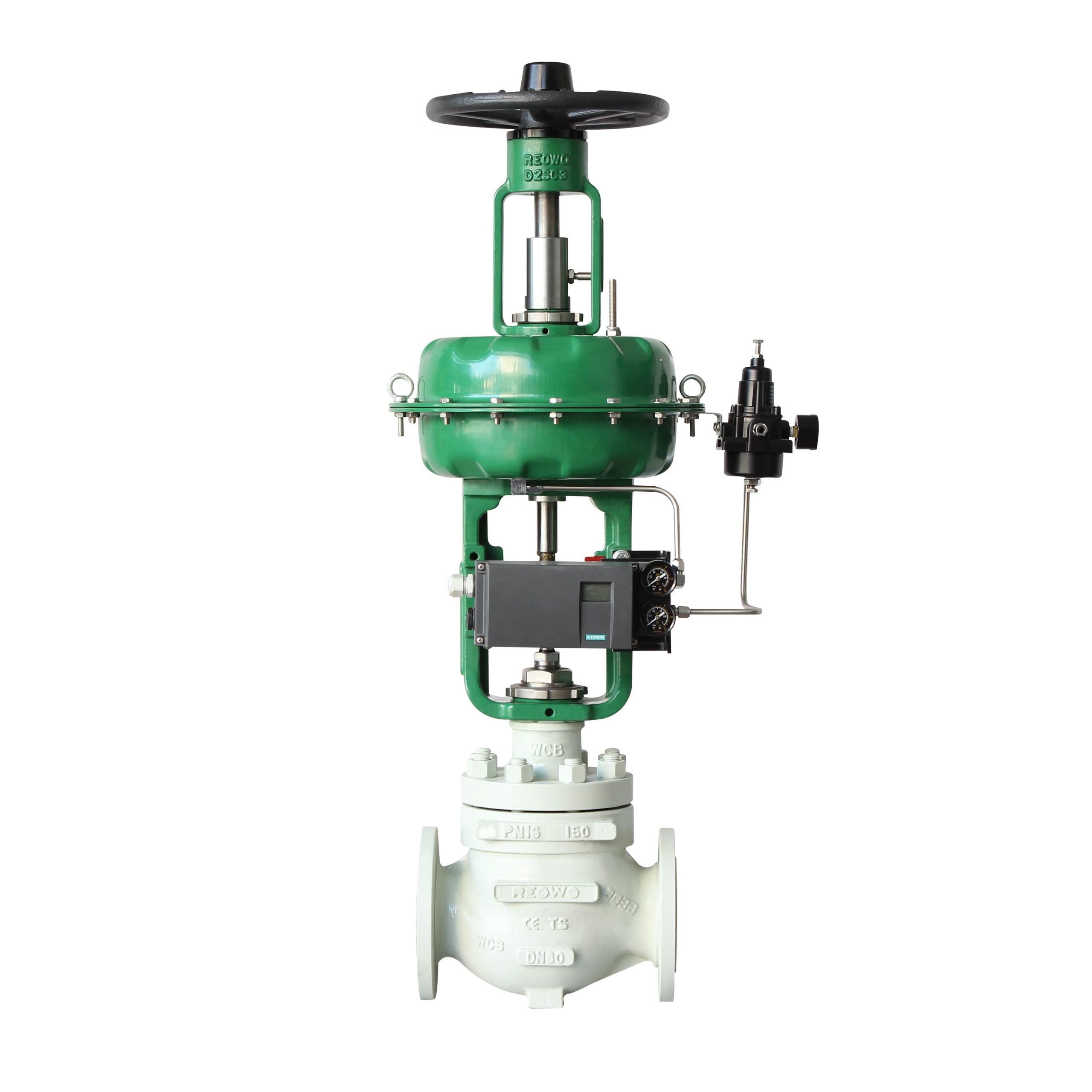
Ⅲ. Solutions to noise and cavitation issues in the application of pneumatic control valves.
In application, the noise on pneumatic control valves is the main source of pollution in petrochemical production. Cavitation and noise are the two main problems of regulating valves in controlling high-pressure differential fluids. So, what are the reasons for these two major issues? How should we solve it again? Let's take a look at the pneumatic control valve manufacturer's editor to answer your questions one by one.
1.Mechanical vibration - such as when the pneumatic control valve spool moves horizontally within the sleeve, the gap between the spool and the sleeve can be minimized or a hard surface sleeve can be used.
2.The mechanical fluidity of the medium - When the medium flows in pipelines or pneumatic control valves, it also emits noise. We will not elaborate on this situation in detail, as cavitation can also produce noise.
3.Natural frequency vibration - such as pneumatic control valve spool or other components, which have a natural vibration frequency, can be changed by special casting or forging treatment to change the characteristics of the spool. If necessary, other types of spool can also be replaced.
4.When the cause is instability of the valve core - if noise is generated due to fluid pressure fluctuations caused by oscillating displacement of the valve core, this situation is generally caused by damping factors such as adjusting the circuit actuator. To address this, the damping coefficient can be readjusted or vibration damping facilities can be added in the direction of valve core displacement.

Ⅳ. What should be noted when selecting pneumatic control valves?
There is not much difference between pneumatic control valves and electric control valves fundamentally, only the difference in the actuator. The former requires a compressed air source, while the latter only requires a power source, which is more convenient. Pneumatic control valves require equipment such as compressors, which have the advantage of explosion-proof function, simple maintenance, and low failure rate. Therefore, in industries such as chemical and petrochemical industries, the scope of use is far greater than that of electric control valves.
Pneumatic regulating valves can be divided into several categories based on their structural form, including pneumatic single seat regulating valves, pneumatic sleeve regulating valves, pneumatic double seat regulating valves, pneumatic three-way regulating valves, pneumatic cage regulating valves, pneumatic angle regulating valves, pneumatic V-shaped regulating ball valves, pneumatic regulating butterfly valves, etc. The equipped actuators mainly include diaphragm type and piston type, among which diaphragm type actuators have slightly higher control accuracy than piston type actuators. According to the different electrical valve positioners equipped, they can be divided into mechanical and intelligent pneumatic control valves. The control accuracy of the intelligent type is more accurate than that of the mechanical type.
According to the different media, there are also different choices of valve body materials. Commonly used carbon steel, corrosive materials such as stainless steel 304, 316, 316L, etc. can be selected, and fluorine lined regulating valves can also be selected. There are also several special types of pneumatic control valves: low-temperature control valves, high-temperature control valves, high-pressure control valves, small flow control valves, and so on. A single seat regulating valve is used for working conditions with relatively small pressure differences. Once the pressure difference is large, a sleeve regulating valve or a double seat regulating valve can be selected. Because the double seat regulating valve has a large leakage, if a small leakage is required, it is not suitable to choose a double seat regulating valve.
A three-way regulating valve is used to combine two streams of fluid into one or divide one stream of fluid into two. For situations where the pressure difference is particularly large and prone to cavitation or flashing, a multi-stage cage type regulating valve can be selected to gradually reduce the pressure of the high-pressure fluid and achieve stable control. Pneumatic V-shaped regulating ball valve is suitable for media containing particulate debris, such as pulp, etc. Due to the shear of its internal components, its flow characteristics are approximately equal in percentage, and its adjustable ratio is much larger than that of ordinary single seat and sleeve regulating valves. Therefore, the range of use is becoming increasingly larger. Electric regulating butterfly valves are more suitable for large diameter applications and have a higher cost-effectiveness.
In short, users should choose pneumatic control valves correctly based on their actual needs in order to achieve good usage results.



